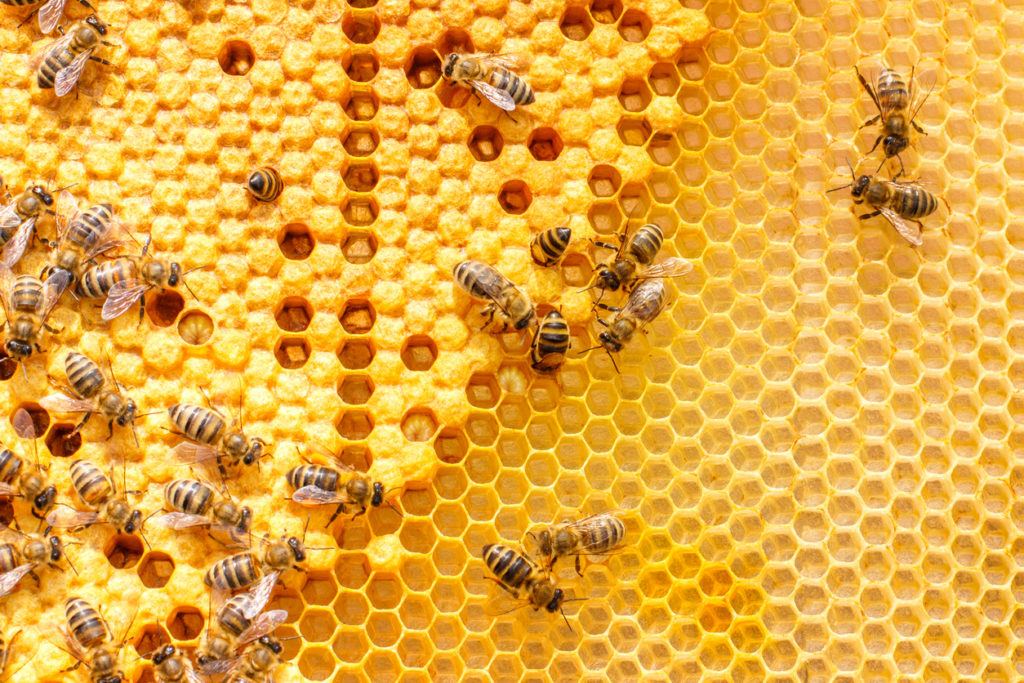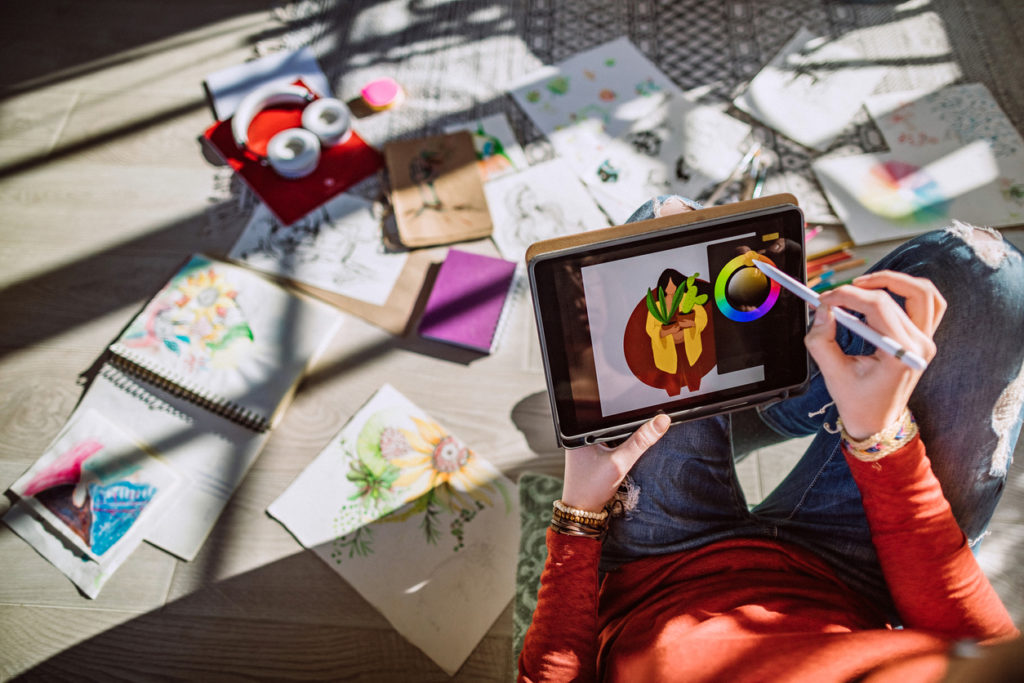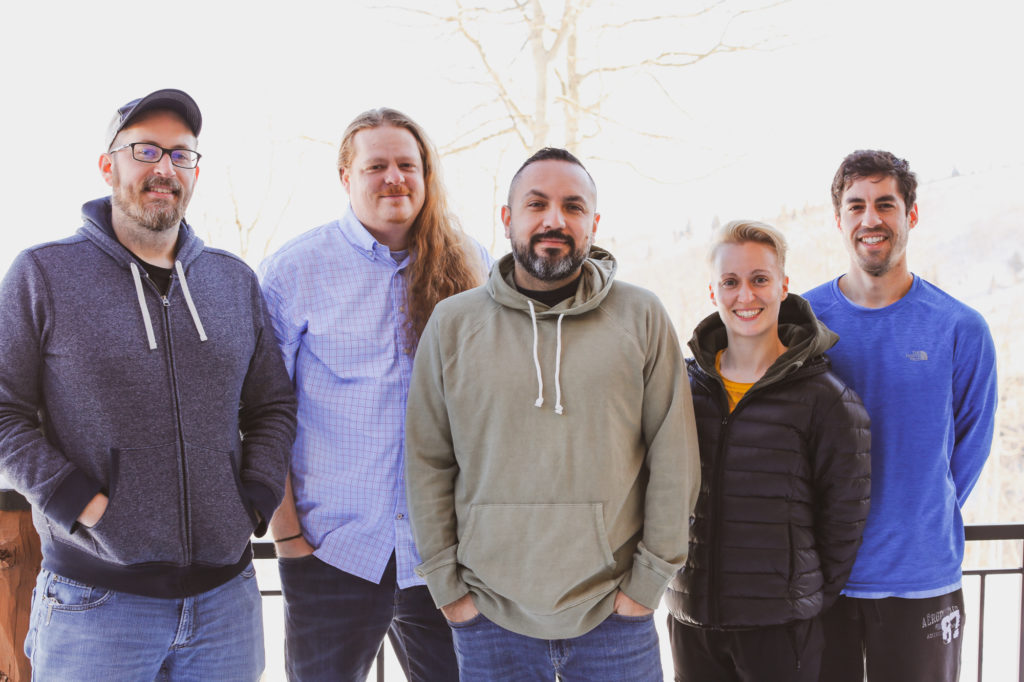Lifeology started as an idea, a belief that science and health information could be interesting, fun, memorable and important to the lives of all people…
…if only textbooks, papers and doctor’s office handouts weren’t laden with jargon and presented as a wall of undecipherable text.
Lifeology was the brainchild of my friend and coworker Doryan Algarra, Head of Design at LifeOmic. Doryan will be the first to tell you that he often feels lost when conversations with our colleagues at LifeOmic, a precision health software company, turn to biology and genomes and epigenetics and scientific research.
Or at least he did, until he had a revelation one day while going through a company-wide course on epigenetics. As a company, we were collectively reading through The Epigenetics Revolution by Nessa Carey. Every week, one team member (regardless of their background or expertise in science) was asked to present on one of the book chapters.
Doryan generally felt that the book was complex and hard to follow. But he remembers one particular chapter to this day that helped the concept of epigenetics – controls on top of the genome – finally “click” for him. The chapter started with a question and a story – How do some bees become queens and the rest become workers, if they all start with the same DNA?
It turns out that a diet rich in royal jelly plays a role in how bee DNA gets expressed! The story of nurse bees feeding to-be queen bee larvae a diet of royal jelly, while the other bee larvae got mostly nectar and pollen – stuck with Doryan. To this day if you ask him what epigenetics is and how it works, he will remember that story about bees and about how lifestyle, including what we eat, can affect how our genes play out.

Larvae of bees in the combs. Bee’s genes can express differently based on their diet as a larva.
Doryan became intrigued by how even small storytelling devices and metaphors could help him understand and remember science that he thought was too difficult and niche for him to understand, let alone enjoy! As a designer, he quickly began imagining how these metaphors, and the “invisible” factors of epigenetics, could be illustrated, made visual, for even more impact.
Doryan introduced me to Lifeology in the summer of 2019. He envisioned Lifeology to be a mobile-friendly platform that would make it fun and easy for non-experts to learn about science and health with illustrated, bite-sized information presented as flashcard “story decks” (what we now call Lifeology courses) that users could swipe through and earn badges for completing. Doryan had been inspired by the Google Primer app, which makes learning about business and marketing as easy as flashcards. Lifeology has also taken inspiration from apps like Duolingo that turn an overwhelming task – like learning a new language – into a fun, bite-sized experience.

An example of a single Lifeology “flashcard”.
I loved the idea immediately. What Doryan knew intuitively, I knew to be an effective strategy for science communication based on multiple research studies. Emotions and narrative rule the day when it comes to how people process and understand scientific information. Doryan had envisioned both art and storytelling as prominent features of Lifeology’s flashcard-like format. We also both envisioned the art coming from many different artists, in many different styles. Because science badly needs diversity and people of all identities should be able to see themselves in science.
But I didn’t just see a beautiful and effective format for science communication to diverse audiences in Doryan’s Lifeology flashcards. I saw an opportunity for scientists and artists to work together to make the content for these mini-course card decks. This collaboration could have far-reaching impacts, not just for broader audiences, but also for the collaborators themselves. I started thinking about and chatting with Doryan about the community-building and collaboration-promoting opportunities that this platform could offer.
What Doryan didn’t realize when he was first building the idea for Lifeology was that this platform could solve more than just the problem of making science relatable. Rather, it could solve myriad aspects of this problem.
One aspect of the disconnect between science and the public is the fact that scientists don’t have the time or training to communicate their work in the ways necessary for their work to have broad impact. Scientists are increasingly being called upon to communicate their work with non-experts, to open up their processes and to invite broader participation in research. And while many scientists today are trying to answer this call, they often do an unremarkable job at it. Part of the reason for this is that they try to teach themselves how to communicate and create science visuals, without formal (or even informal) training and with very little time to learn how to do so effectively. Imagine what scientists could do if they paired up with experts in these other domains – artists and storytellers and educators.

Artists can work with scientists to help them distill and transform their messages into visual stories.
After discussing all of these ideas as a team, we realized that Lifeology is more than just a platform for delivering illustrated mini-courses. It is…
… An opportunity to help scientists navigate and learn more about the process of creating effective science communication, from crafting a key message, to defining an audience, to telling stories, to engaging creatives and target audience members early and often.
… An opportunity to empower collaborative storytelling. Lifeology could bring scientists and artists together in ways that met the goals of their storytelling, whether that was by geographical location or culture or language or field of science. (We are creating a global network of artists and storytellers for scientists to meet).
… An opportunity to make art more prominent and valued in science communication. I think many scientists underestimate the power of art. Visuals shouldn’t be an afterthought in science. Science benefits when art pervades the entire scientific process, from the development of research questions to the communication of findings. And when it comes to science communication, art shouldn’t be a decorative add-on. So much of art’s potential to help people willingly approach, elaborate on and apply complex information is wasted when it is used purely as decoration or a visual description of an existing message. I knew that with Lifeology, we would place art front-and-center and give artists lots of creative autonomy in the Lifeology course creation process.
… An opportunity to turn what is traditionally one-way messaging, from scientists to audience members, into interaction, participation and insight. LifeOmic specializes in creating high-tech software platforms that are collaborative, extensible, turn big data into insights and delight end users. We are designing the Lifeology platform with features that make science fun and beautiful, but that also make it easy for people to e-meet scientists who author Lifeology courses, and that allow people to touch and share and provide feedback on content. We are also designing the platform backend to provide any number of metrics about people’s interaction with the Lifeology courses and individual cards.
Thus was born a broader conceptualization of Lifeology as not just a modern delivery vehicle for visual, interactive, beautiful science communication, but also a service to help scientists better communicate their work, and a community-building space that brings scientists, artists, storytellers and broader audiences together.
Today, a team of dedicated engineers, designers, researchers and science communicators (including Doryan and myself, of course!) are busy building the Lifeology platform we’ve envisioned! We are designing this platform to make science and health information accessible, understandable, motivating and relevant to audiences with absolutely no background in science.

The Lifeology Team (from left to right) Chris, Travis, Doryan, Paige and Chad
We hope to make science accessible and relatable to EVERYONE, regardless of educational or demographic background. We think art, and working with diverse artists, can help us make science relatable to more people. We hope to reach* people who haven’t had the opportunity of college or even high school education. We are also designing this platform to make it easier for scientists, artists and storytellers to work together (equally – with payment for creative work!) and easily share their collaborative work with the world.
*This means that we will encourage scientists who work with us to always publish their Lifeology courses as open access or in the public domain.
Where is Lifeology today?
Today, Lifeology is quickly moving from being an idea in our heads to being reality! We already have in place:
Software and tools that allow us to quickly publish mobile-friendly Lifeology courses that include swipeable and animated illustrated cards, expandable references, links to author and artist bios, “thumbs up” interactivity and more.
A Lifeology course creation process that has been tested, tweaked and validated throughout the creation of 25+ courses on a variety of topics, written by 10+ different experts and storytellers and illustrated by 13+ different artists.
This community site! It is a community-building and blogging space where scientists, artists, storytellers and broader audiences can network, chat (via forums and a Slack workspace!), collaborate and share their stories. We have a blog that anyone interested in science, health, art or communication can contribute writing or multimedia to. We have a members area that doubles as an interactive global directory of artists and storytellers who want to work with scientists and vice versa. We have forums where members can ask questions or post ideas or work they’d like feedback on, and where anyone can participate in the creation of Lifeology courses.
We also have coaches whom scientists can connect with to get help with science communication, grant writing, presentation skills and more.
Where is Lifeology going?
We have lots of ideas! But here are things that are coming soon:
- A regularly updated and open library of Lifeology courses that anyone can learn from and interact with.
- Multiple language support for Lifeology courses. Want to help us translate our courses? Email us at lifeology@lifeomic.com with “Translator” in your subject line!
- Collaborations with organizations who want to help us build science and health literacy, from the classroom to the clinic to daily life settings. Collaborate with us!
- Resources for scientists, including educational primers about effective communication and art, workshop opportunities, templates for broader impact grant statements, one-on-one coaching with science communication trainers and public outreach experts, and more.
- A digital space for community art.
- Resources for artists, including matchmaking with scientists for paid projects, resources to help you read research papers, peer-mentoring and more.
Also coming soon is a Lifeology content management system (CMS), a platform that will allow experts to build their own courses DIY-mode or in collaboration with artists, storytellers and the Lifeology team. That CMS will allow experts to create courses, brand them, have them reviewed by fellow experts, publish and distribute them, and measure minute-to-minute user engagement with the content.
Can I create my own or help write/illustrate a Lifeology course today?
Yes!
Even before we launch our CMS, we can help you create (or create for you!) beautifully illustrated mobile-friendly Lifeology courses. You can choose your own or get matched with the perfect artist and storyteller! You’ll be able to share the published course with anyone who has a screen and an internet connection. Contact us today to get started.




